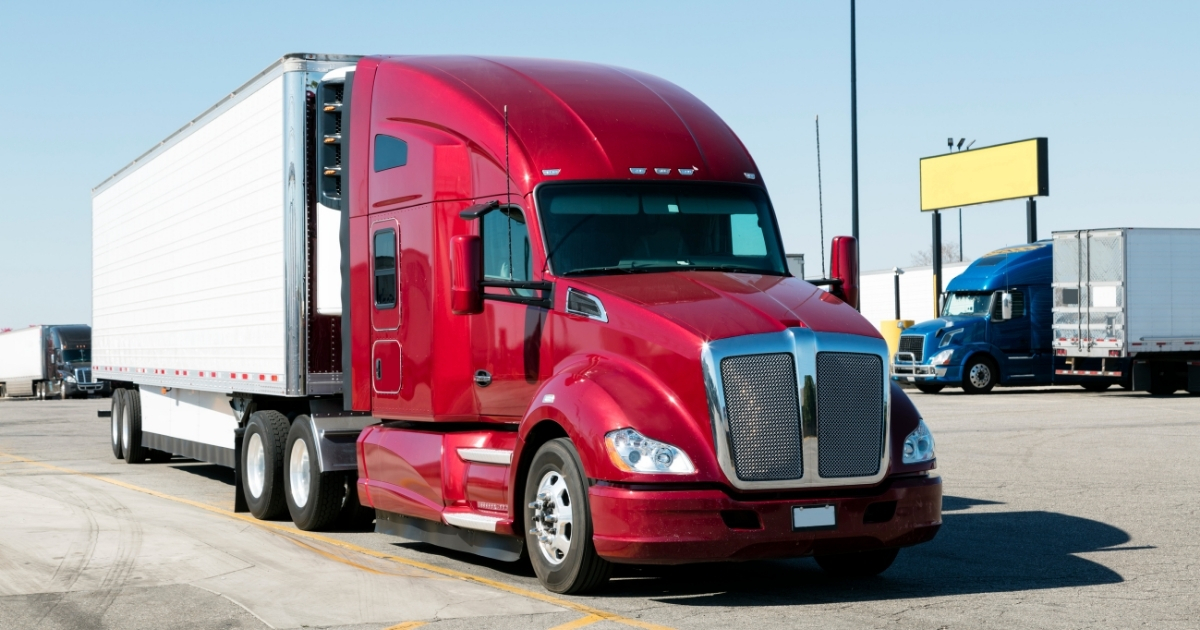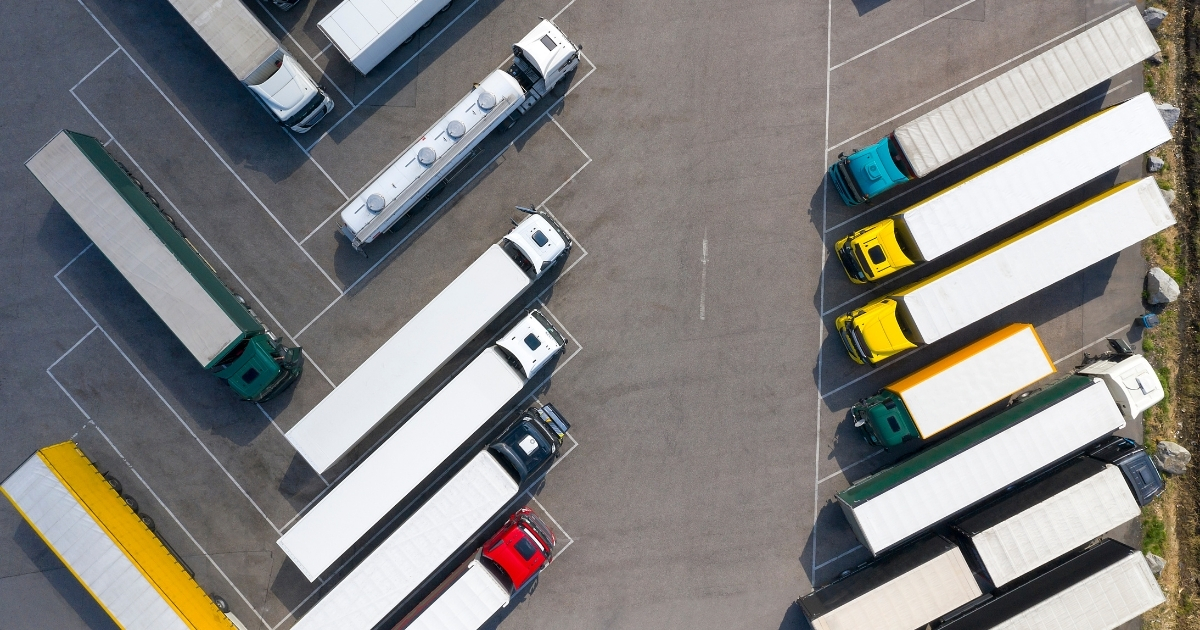A rigid body truck is a heavy-duty vehicle specifically designed for transporting large, heavy loads over challenging terrains with ease. Unlike articulated trucks, these vehicles feature a fixed chassis, which enhances their stability, durability, and structural strength. Due to their robust design, high load capacity, and reliability, they are widely used in demanding industries such as mining, construction, and logistics.

What is a Rigid Body Truck?
Optimize Efficiency and Reduce Costs on All Your Shipping Needs
Key Features and Specifications
Rigid body trucks are known for their durability and efficiency. They typically feature a powerful engine, reinforced chassis, and large tires to handle rough terrains. These trucks can carry loads ranging from 40 to 400 tons, making them ideal for heavy-duty applications.
-
Engine Power: High horsepower engines for maximum performance.
-
Chassis Design: Fixed chassis for enhanced stability.
-
Load Capacity: Capable of carrying up to 400 tons.

Our Achievements:
Applications in the Trading Industry
In the trading industry, rigid body trucks are essential for transporting raw materials and finished goods. Their ability to handle heavy loads and rough terrains makes them invaluable for large-scale operations.
-
Mining: Transporting minerals and ores.
-
Construction: Moving construction materials.
-
Logistics: Efficiently transporting goods over long distances.
Rigid Body Truck vs Articulated Dump Truck
Performance Comparison
Rigid body trucks offer superior performance in terms of load capacity and stability. They are designed for heavy-duty tasks, whereas articulated dump trucks are more versatile but have lower load capacities.
-
Load Capacity: Rigid body trucks have higher load capacities.
-
Stability: Fixed chassis provides better stability.
Terrain Suitability
Rigid body trucks excel in off-road conditions, making them suitable for mining and construction sites. Their large tires and powerful engines allow them to navigate rough terrains with ease.
-
Off-Road Capability: Ideal for challenging terrains.
-
Tire Design: Large, durable tires for better traction.
Load Capacity Differences
The load capacity of rigid body trucks is significantly higher than that of articulated dump trucks. This makes them more suitable for industries that require the transportation of large quantities of materials.
-
Rigid Body Trucks: Up to 400 tons.
-
Articulated Dump Trucks: Generally lower load capacity.
Benefits of Using Rigid Body Trucks for Trading Companies
Increased Efficiency in Material Transport
Rigid body trucks enhance efficiency by reducing the number of trips needed to transport materials. Their high load capacity allows for the movement of large quantities in a single trip, saving time and resources.
-
Fewer Trips: Transport more in fewer trips.
-
Time-Saving: Faster transportation of goods.
Cost-Effectiveness for Large-Scale Operations
For large-scale operations, rigid body trucks offer cost savings by minimizing fuel consumption and labor costs. Their durability reduces maintenance expenses, making them a cost-effective choice.
-
Fuel Efficiency: Lower fuel costs per ton transported.
-
Maintenance: Reduced maintenance costs due to durability.
Durability and Longevity
Rigid body trucks are built to last, with robust components that withstand harsh conditions. This durability ensures a longer lifespan, providing a better return on investment for trading companies.
-
Robust Design: Built to withstand tough conditions.
-
Long Lifespan: Extended operational life.
Choosing the Right Rigid Body Truck for Your Business
Factors to Consider
When selecting a rigid body truck, consider factors such as load capacity, terrain suitability, and manufacturer reputation. These elements will ensure you choose a truck that meets your business needs.
-
Load Requirements: Match truck capacity with your needs.
-
Terrain: Choose a truck suitable for your operating environment.
Top Manufacturers and Models
Several manufacturers offer high-quality rigid body trucks. Researching top models and brands will help you find a reliable truck that fits your requirements.
-
Caterpillar: Known for durability and performance.
-
Komatsu: Offers a range of models for different needs.
Rigid Body Truck Maintenance and Safety
Essential Maintenance Practices
Regular maintenance is crucial for the optimal performance of rigid body trucks. This includes routine checks of the engine, tires, and hydraulic systems to prevent breakdowns and ensure safety.
-
Engine Checks: Regular inspection and servicing.
-
Tire Maintenance: Ensure proper inflation and condition.
Safety Guidelines for Operators
Safety is paramount when operating rigid body trucks. Operators should be trained in handling these vehicles and adhere to safety protocols to prevent accidents.
-
Training: Comprehensive training for operators.
-
Safety Protocols: Adherence to safety guidelines.
Rigid Body Truck Technology Advancements
Automation and AI Integration
The integration of automation and AI in rigid body trucks is revolutionizing the industry. These technologies enhance efficiency and safety by enabling autonomous operations and predictive maintenance.
-
Autonomous Operations: Reduced need for human intervention.
-
Predictive Maintenance: AI-driven maintenance alerts.
Fuel Efficiency Improvements
Advancements in fuel efficiency are making rigid body trucks more environmentally friendly. New engine technologies and aerodynamic designs contribute to reduced fuel consumption.
-
Engine Technology: Improved fuel efficiency.
-
Aerodynamics: Design improvements for better fuel economy.
Environmental Impact of Rigid Body Trucks
Emissions Reduction Strategies
Efforts to reduce emissions from rigid body trucks include the use of cleaner fuels and advanced exhaust systems. These strategies help minimize the environmental footprint of these vehicles.
-
Cleaner Fuels: Use of low-emission fuels.
-
Exhaust Systems: Advanced systems to reduce emissions.
Sustainable Practices in the Industry
The industry is adopting sustainable practices to mitigate the environmental impact of rigid body trucks. This includes recycling materials and implementing energy-efficient technologies.
-
Recycling: Use of recycled materials in manufacturing.
-
Energy Efficiency: Adoption of energy-saving technologies.
Global Market Trends for Rigid Body Trucks
Demand Forecast
The demand for rigid body trucks is expected to grow, driven by increased construction and mining activities. This growth presents opportunities for manufacturers and trading companies.
-
Market Growth: Increasing demand in construction and mining.
-
Opportunities: Expansion opportunities for manufacturers.
Regional Market Analysis
Different regions exhibit varying demand for rigid body trucks. Understanding these regional trends can help businesses tailor their strategies to meet local needs.
-
Asia-Pacific: High demand due to infrastructure projects.
-
North America: Steady growth in mining activities.
How Goods2load’s Partners Optimize Rigid Body Truck Operations
Centralized Platform for Efficient Management
Goods2load offers a centralized platform that streamlines the management of rigid body truck operations. This platform enhances efficiency by providing real-time data and analytics.
-
Real-Time Data: Access to up-to-date information.
-
Analytics: Data-driven insights for better decision-making.
Data-Driven Forecasting for Improved Planning
By leveraging data-driven forecasting, Goods2load helps companies optimize their planning and resource allocation. This leads to more efficient operations and reduced costs.
-
Forecasting: Accurate predictions for better planning.
-
Resource Allocation: Optimized use of resources.
Global Reach and Tailored Services
Goods2load’s global reach and tailored services ensure that trading companies can efficiently manage their rigid body truck operations across different regions.
-
Global Network: Extensive reach for international operations.
-
Customized Solutions: Tailored services to meet specific needs.
According to a report by Grand View Research, the global off-highway dump truck market size was valued at USD 20.6 billion in 2020 and is expected to grow at a compound annual growth rate (CAGR) of 6.5% from 2021 to 2028.


Still HaveQuestions?
Check our FAQs to learn: